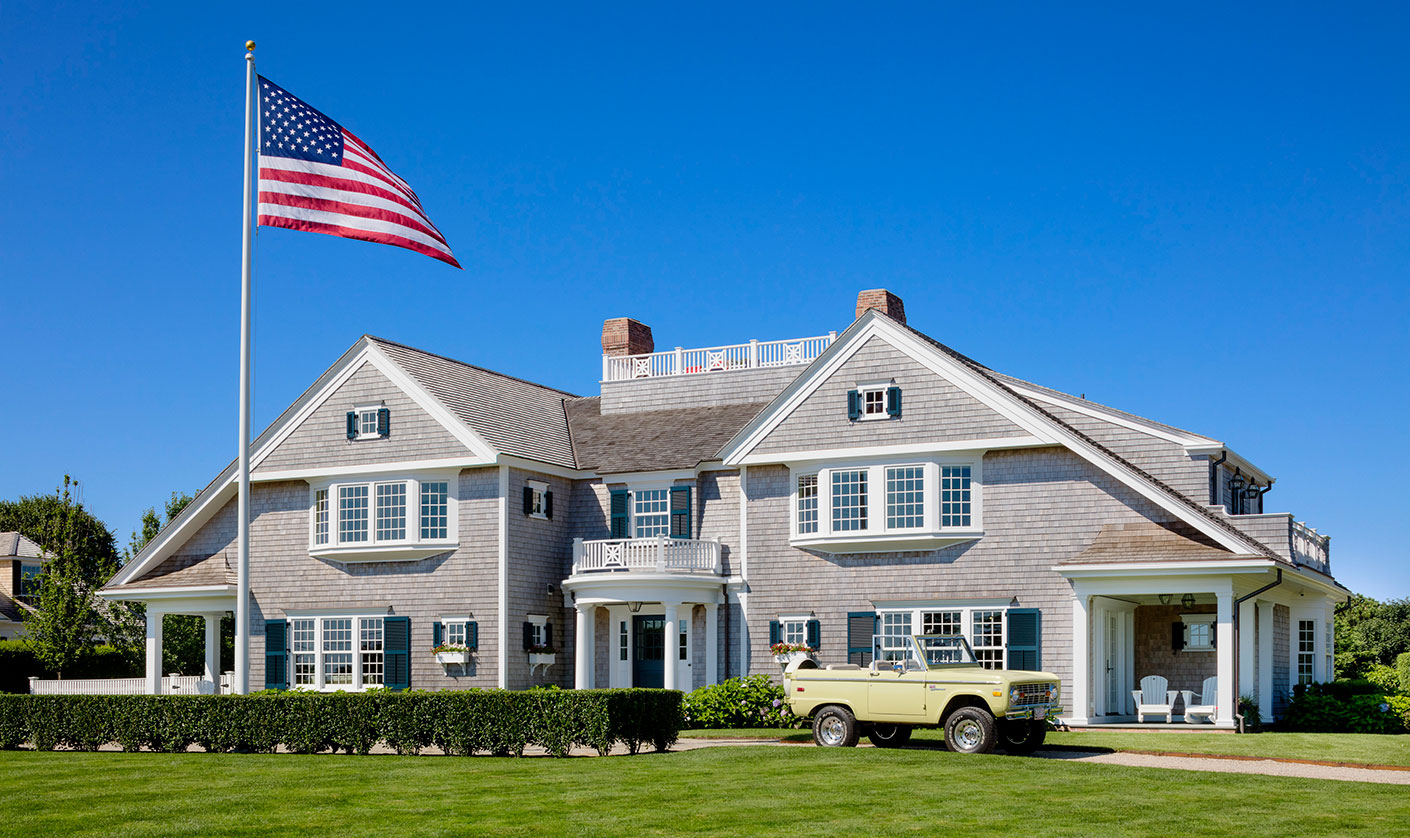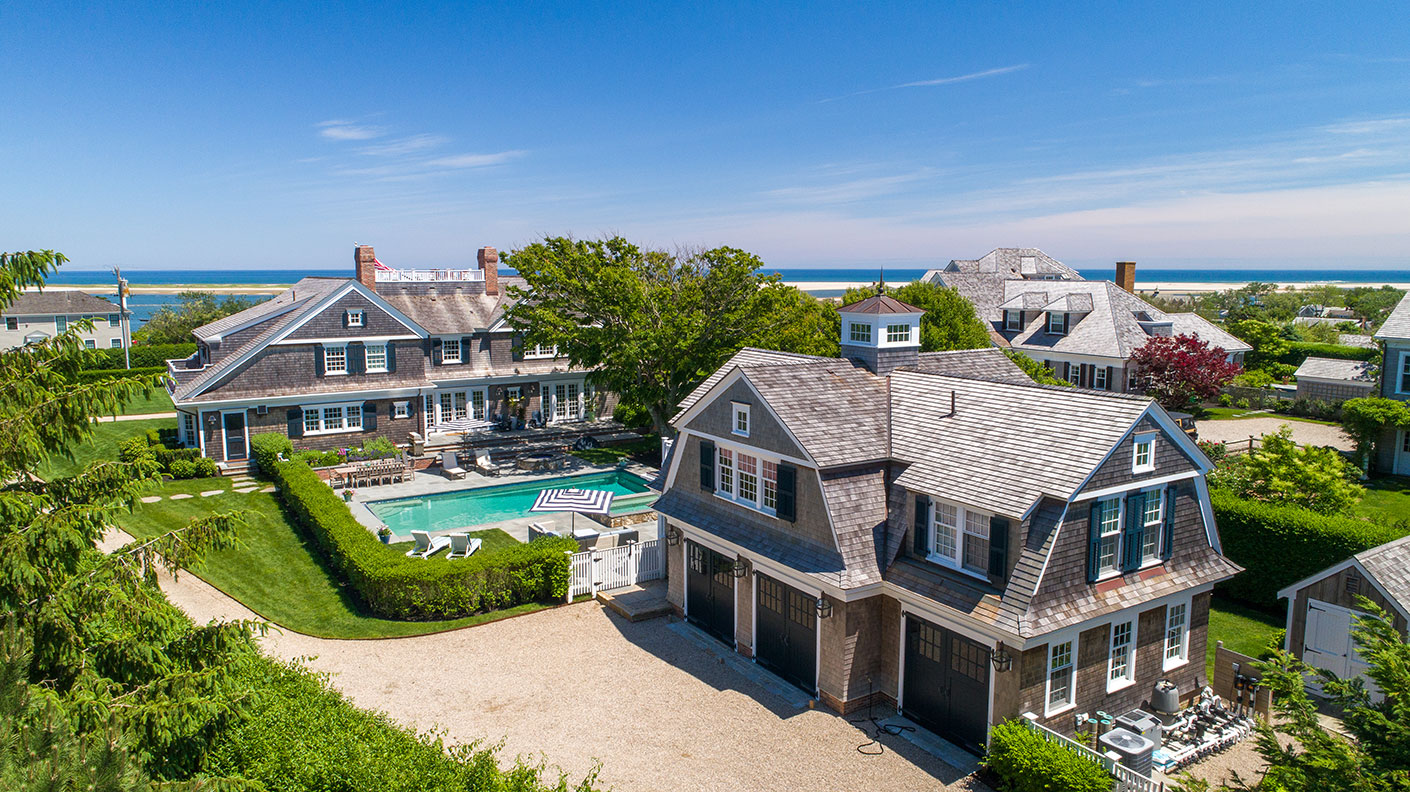The romantic widow’s walk is a classic adornment of many nineteenth-century coastal homes throughout New England. Historians note that widow’s walks became popular during the early 1800s when sea captains built large, private homes from the fortunes they amassed in the whaling and shipping industries. Inspired by the cupolas of Italianate architecture, the design addition soon became synonymous with New England coastal architecture and remains so today.
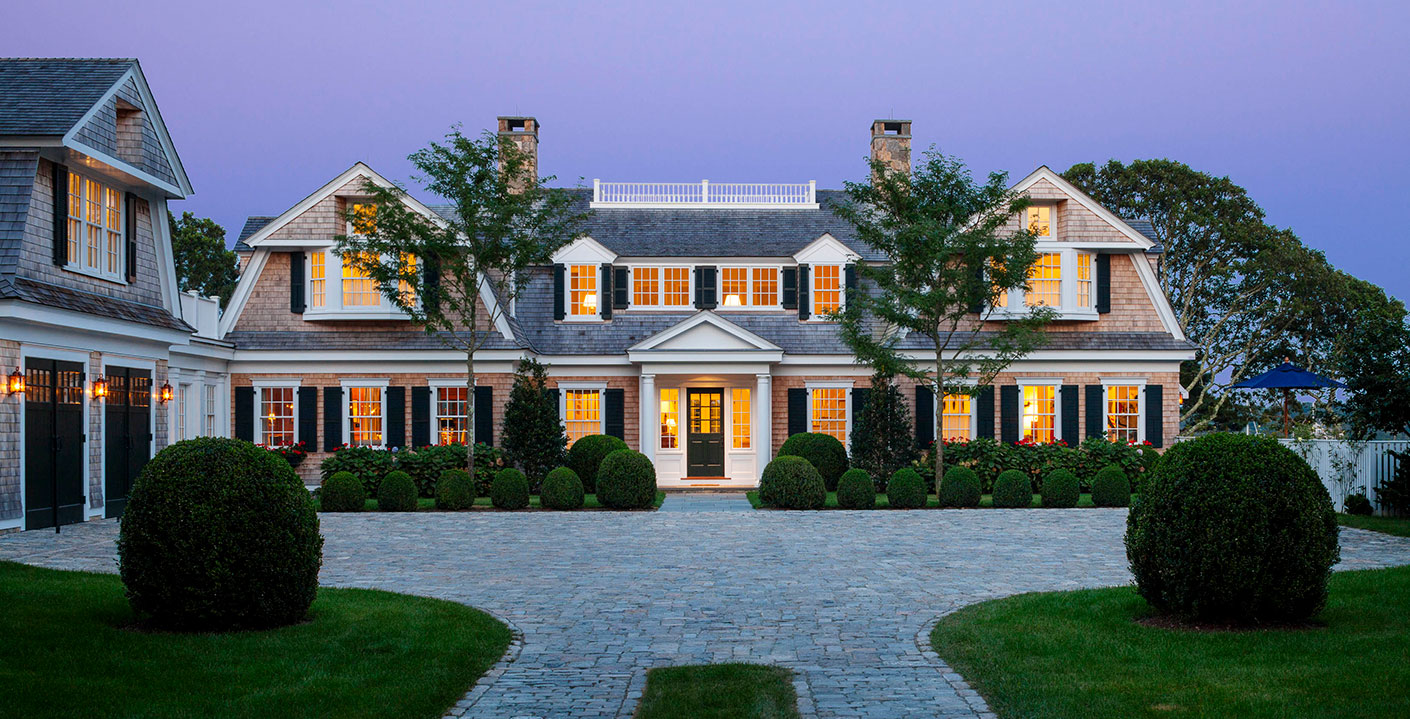
The widow’s walk (or “viewing platform,” as it was sometimes called) is a raised and fenced rectangular structure built on the roof of a house. These platforms became especially popular during the height of the whaling industry throughout New England ports such as Edgartown on the island of Martha’s Vineyard.
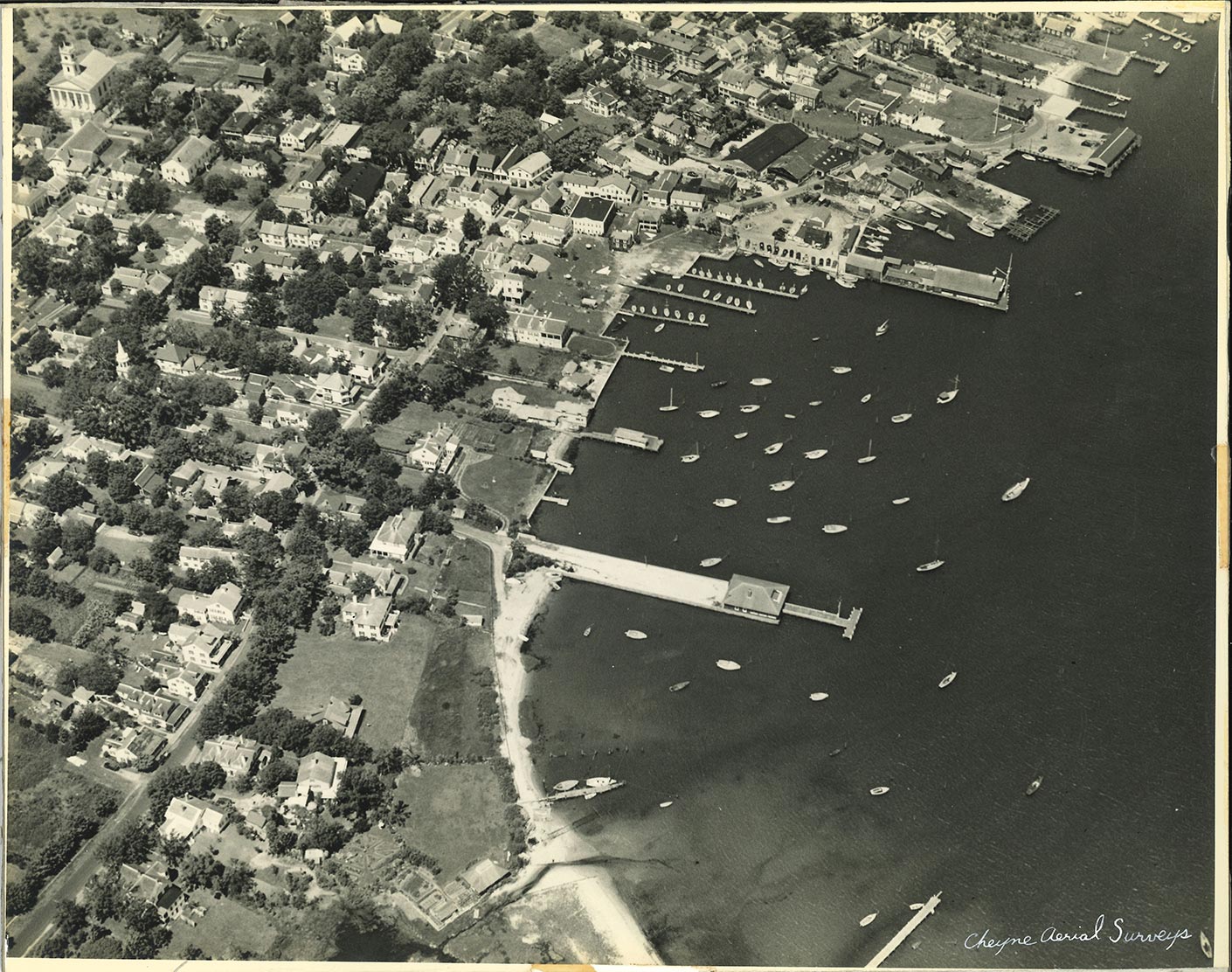
With its deep and protected harbor, Edgartown became the whaling capital of the island sending “countless sailors all over the world from its port.” These sailors were often at sea for months and years at a time. It is said the widow’s walk served as an elevated vantage point for seamen’s wives to survey the harbor for their husbands’ arrival. Sadly, many never returned, leaving their anxious wives widows.
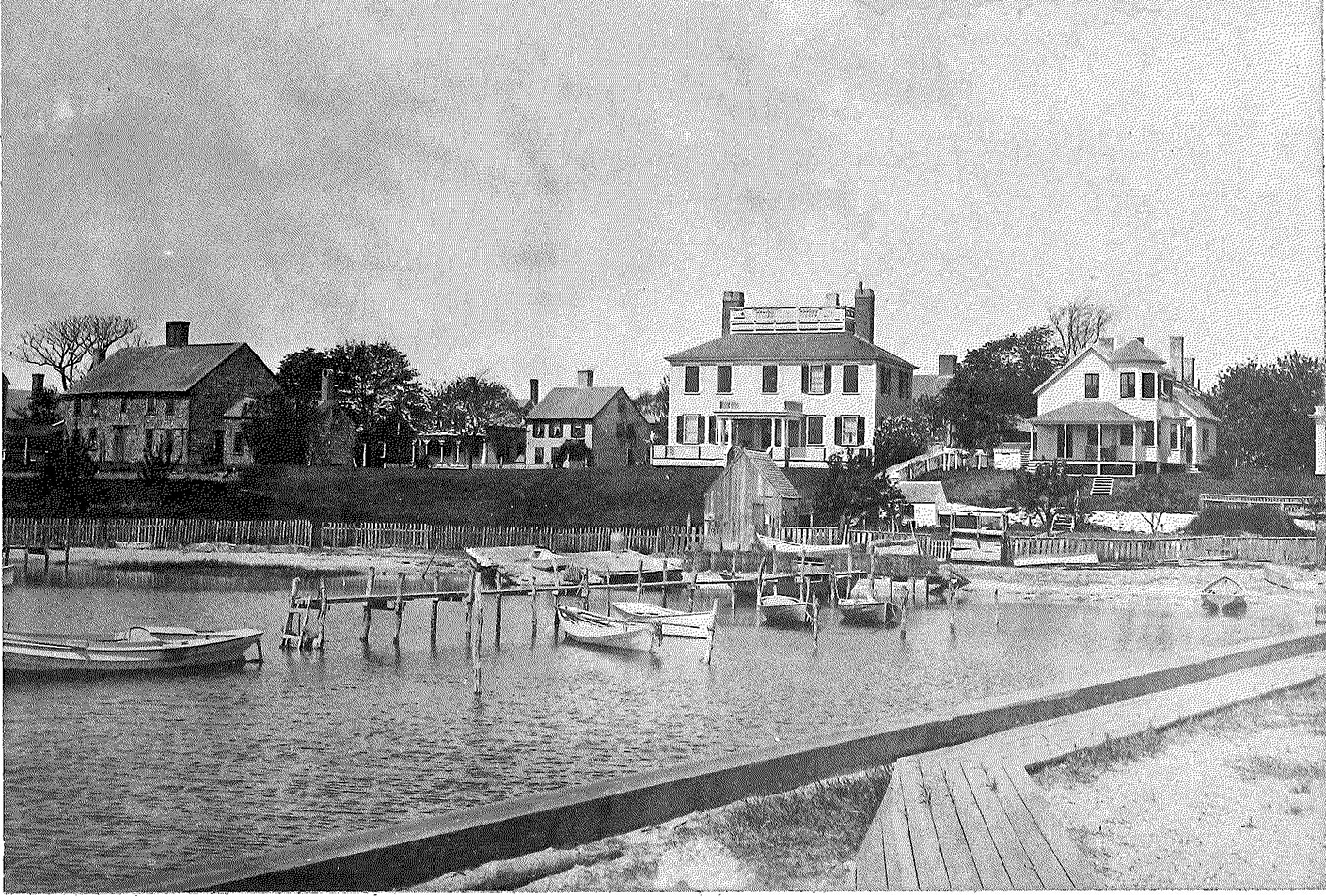
The widow’s walk conjures a nostalgic, poetic image where women paced, watched, and mourned their missing husbands at sea. However, some historians believe this idea may be rooted more in folklore than reality. They maintain that widow’s walks were designed with a practical and decidedly less romantic purpose in mind: firefighting. Chimney fires were a common and dangerous reality in the 1800s when homes were heated primarily by wood. Families would often store buckets of sand (and sometimes water) to pour down the chimney in case of fire – and the widow’s walk provided an access platform to the chimney openings.
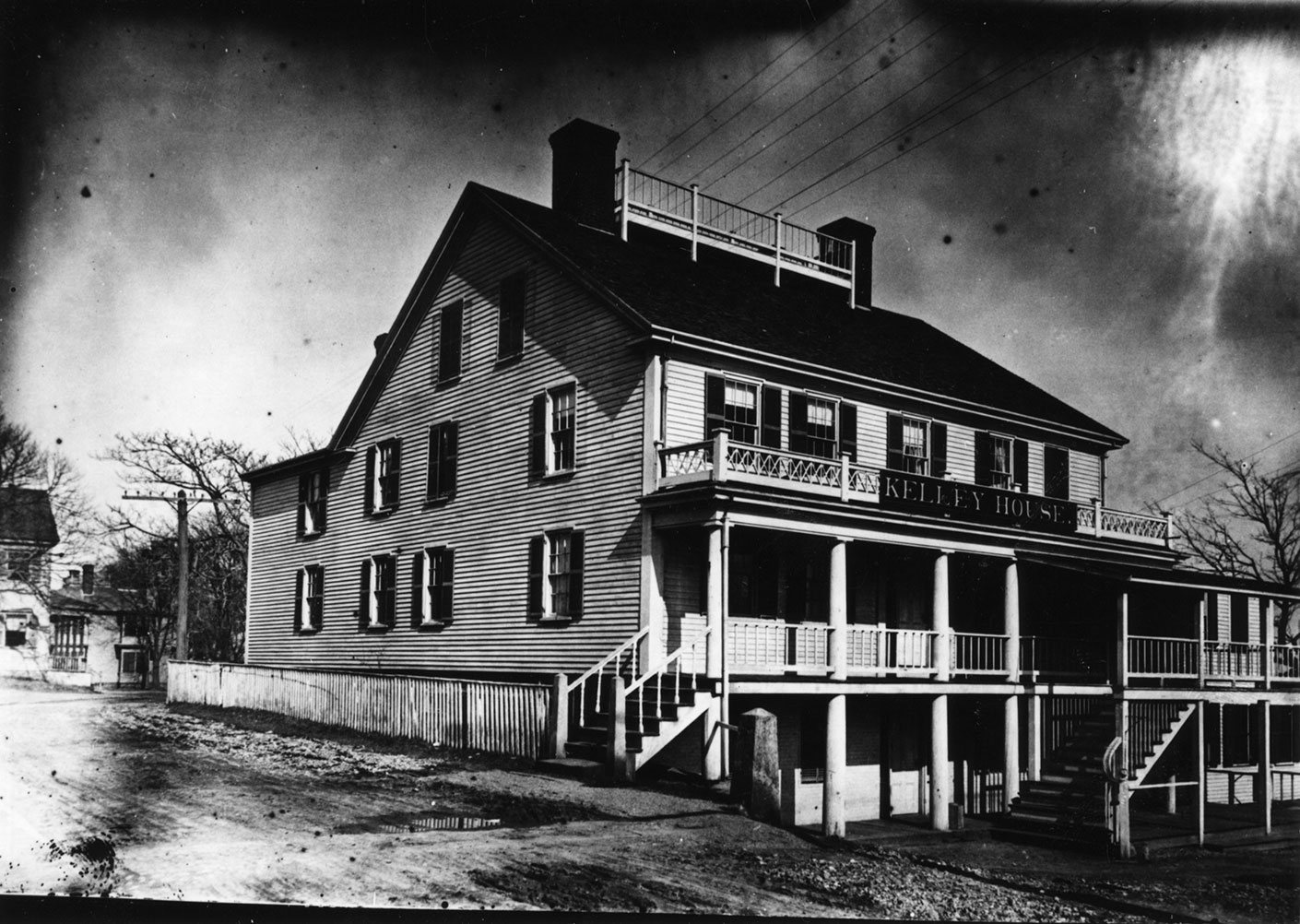
There exists a third school of thought, which states there was a less practical reason these structures became so popular. The argument goes that wealthy sea captains believed the viewing platforms were an emotionally satisfying feature to have on their homes. They symbolized wealth and quietly said, “I can admire the source of my fortune (the sea) and survey my ships coming and going from the comfort of my home.”
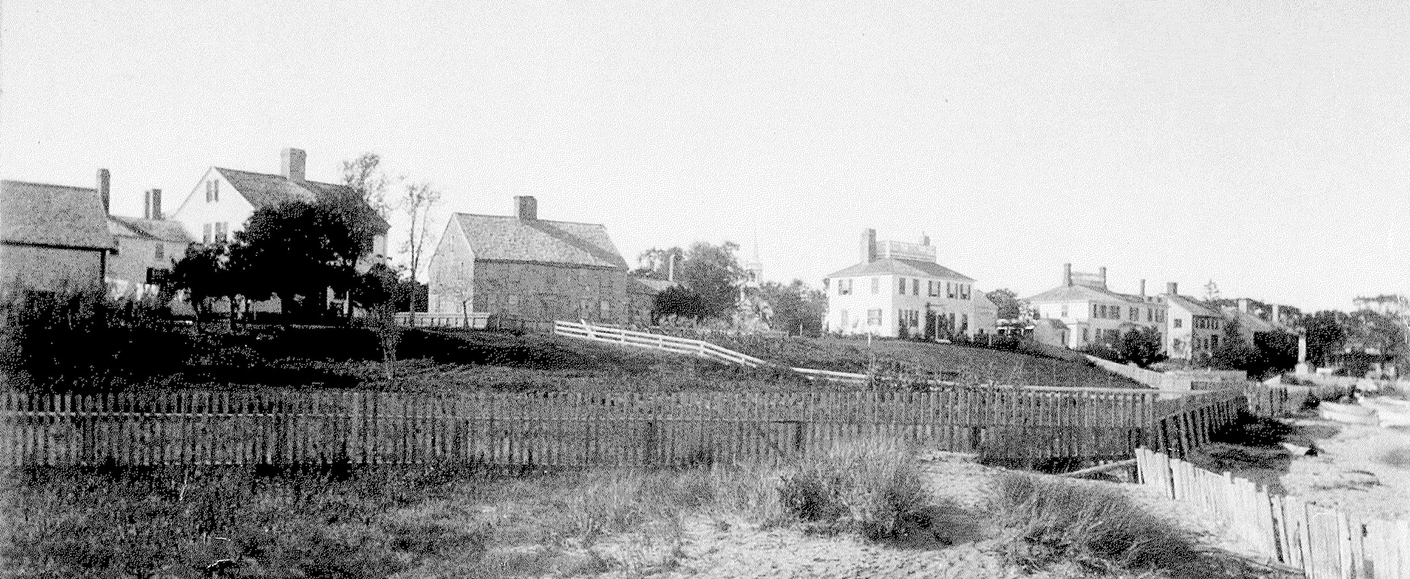
There likely wasn’t one single purpose for widow’s walks; it appears they served different functions and ornamentation depending on the homeowner. However, today, many of our homes continue to include this classic coastal detail, which honors the romance and history of New England’s vernacular architecture and instills a historically correct sense of nostalgia.
